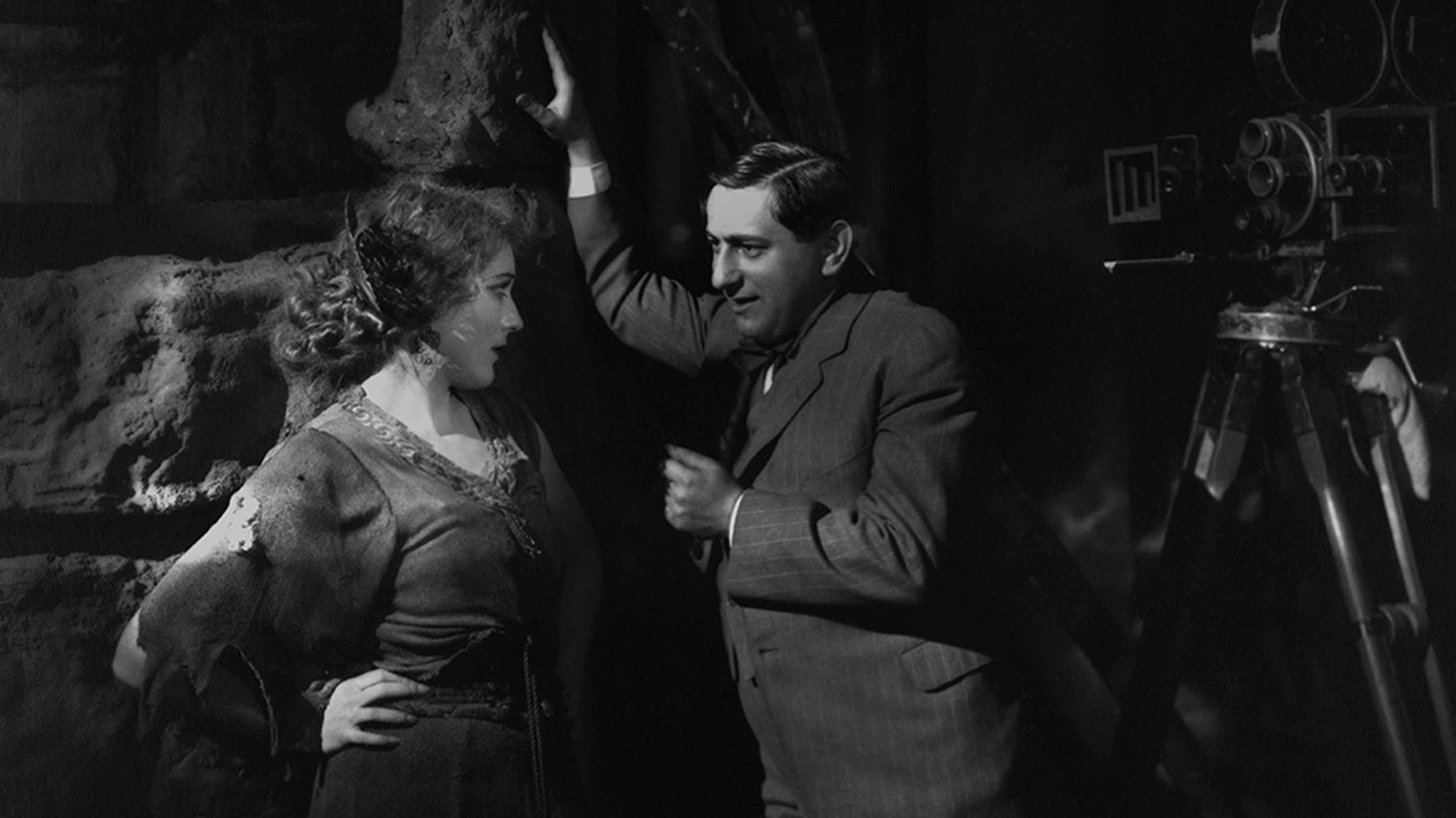This feature was published in conjunction with the screening of Rosita at SFSFF 2018
Actresses have carried many films to cha-chingdom and the silent era is no exception. Pearl White fell off horses, flew airplanes, and faced fisticuffs in her many serials, rising to be 1916’s most popular star. Sisters Norma and Constance Talmadge were voted by American readers of Moving Picture World magazine as the first and second most popular movie actresses in 1921. Marie Dressler headlined Keystone Studio’s very first feature-length production when the actress was already in her mid-forties (two sequels were also made). She then made a remarkable comeback in the early sound era when exhibitors considered her “more than Garbo, Cagney, or Gable,” writes biographer Matthew Kennedy, “the most profitable film star in the world.” Dressler was sixty-five years old. And, yes, Garbo and Negri and Bow—the list goes on.
But there’s one woman who stands out, not only as a bankable star but also as the builder of an empire so sturdy pieces of it still gird Hollywood’s infrastructure. I’m talking of course of America’s first sweetheart: Mary Pickford. Even as many of her films go largely unseen today, she left behind a legacy to American cinema that cannot be ignored.
She made her first films in New York City between gigs on the touring theatrical circuit where she had been performing since age eight. She did it with disdain, for the money, to support her mother and two younger siblings through the stage’s offseason. When she found she was good at it—had an innate understanding of how to come across naturally on camera and a knack for negotiating wages and creative control—she dived in full and changed “flickers” forever. She worked with the major producers and directors in the business, starting out at Biograph under D.W. Griffith, with whom she had screaming matches when he insisted she emote more graphically in scenes. (He once went too far, shoving her down on the set.) She made money for Thomas Ince, Carl Laemmle, Cecil B. DeMille, and Adolph Zukor, all of whom, despite any battles over cash or creativity, praised her skill and savvy as an actress and producer.
In her rise to a beloved icon adorned with a crown of golden curls, she also turned herself into an industry powerhouse, a woman in front of the camera with considerably more influence than anyone behind it, choosing scripts, directors, cameramen, writers, costars, set designers, costumers, all major collaborators (try shushing her in a meeting). Fed up that her films suffered because block-booking practices by distributors yoked them to inferior fare, she gathered other disgruntled talent (Douglas Fairbanks, Charles Chaplin, and D.W. Griffith) to form an independent distribution company. “I am convinced that Mary could have risen to the top in United States Steel,” Zukor later said of her, “if she had decided to be a Carnegie instead of a movie star.”
When the United States entered the Great War in 1917, she went on tour, raising millions in Liberty Bonds. She also used her fame to market cold cream and promotional tie-ins to her new releases (sheet music, puzzles, a doll) and her influence to advance others. She introduced the Gish sisters, with whom she had toured in her early theater days, to Griffith and got her brother and sister in the business. She had a fruitful multi-film collaboration with cinematographer Charles Rosher (Oscar-nominee for several films, including a win for F.W. Murnau’s Sunrise) and with screenwriter Francis Marion, insisting that Marion be the one to direct 1921’s The Love Light, another adult role for Pickford on film.
She lured Germany’s most commercial director to Hollywood (Ernst Lubitsch) at a time when prejudice, and competition for movie audiences, was fierce. She was not only a driving force behind United Artists, the first major distributor owned and operated by the talent, but also a founding member of the Academy of Motion Pictures Arts and Sciences, an institution that still forms a vital part of Hollywood’s nervous system today. She worked tirelessly for various charities, including the Motion Picture Relief Fund, the beneficiary of her Payroll Pledge Program, which, beginning in 1932, helped to support those who had worked in the industry in their years of need.
She carried on an affair with a fellow icon (Douglas Fairbanks), scandalizing the early 20th century in the process, inadvertently leaving behind another durable legacy. She and Fairbanks, who became her second husband, dubbed their home in Beverly Hills “Pickfair,” the first half of her surname joined with the first half of his, creating both a concrete place and a mythological mountaintop for the cult of celebrity that continues to enthrall us today.
Expanded from a segment of “Vocal Women of the Silent Era” published in the editorial section of Fandor’s website.

